Wisdom of the Trees: A Conversation with Artist-in-Residence Resa Blatman
Jessica Bussmann November 18, 2023 Art
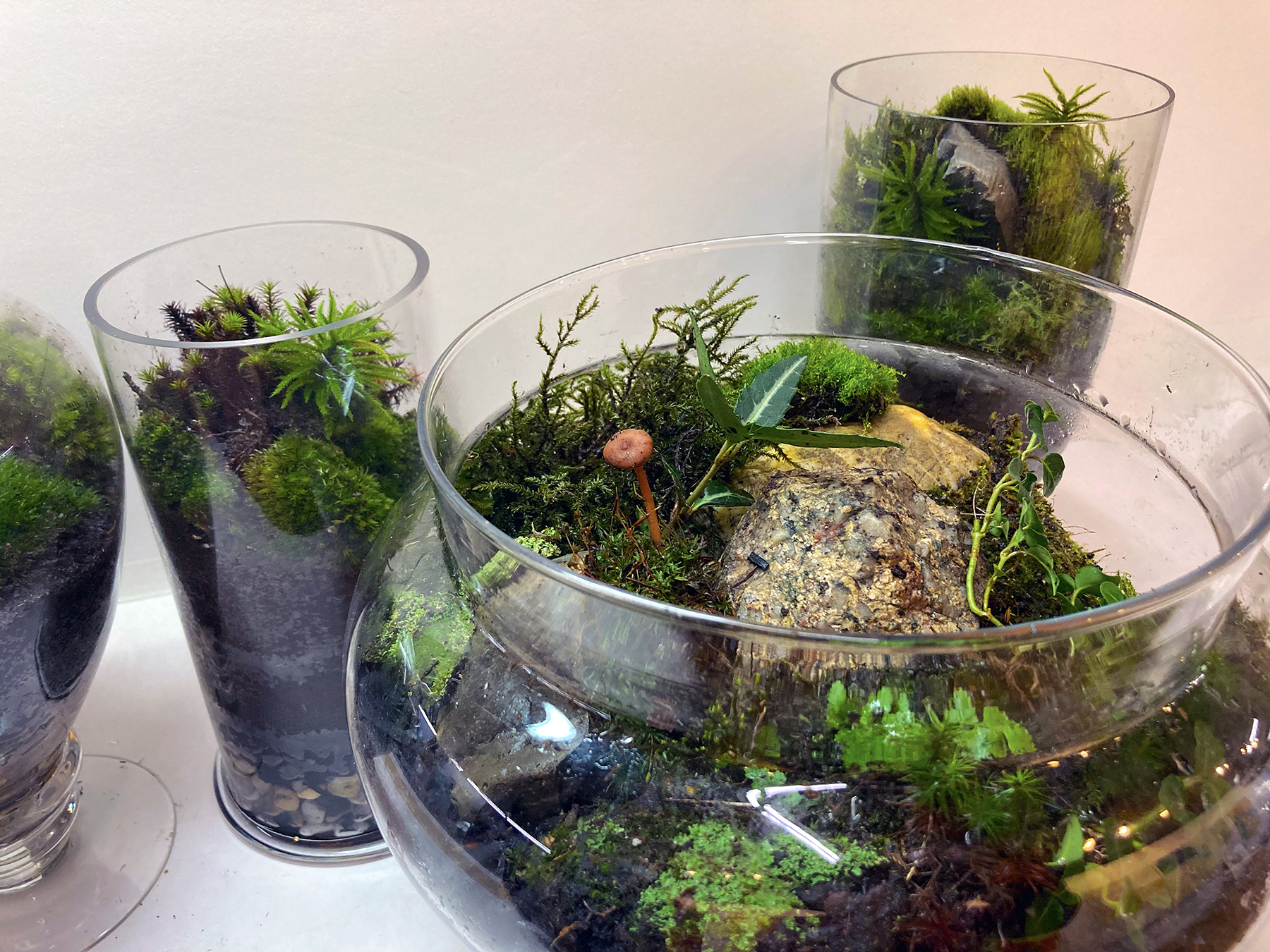
In 2023, we welcomed seven Artists-in-Residence to create original works inspired by their experiences at Mount Auburn. Meet visual artist Resa Blatman.
________________________
You are a multi-disciplinary artist who uses painting, drawings, and mixed media as tools for creative expression. How would you describe your work?
Informed by a rich history of painting and contemporary artmaking processes, my projects also call on poetry, science, and nature. Using craft practices combined with delicately painted moments, I make paintings, drawings, and mixed-media, wall-mounted installations about the shifting climate that is unpredictable, yet captivating and beautiful. Beauty is a key ingredient in my toolbox, and I blend it with my reverence for, and humanity’s conflict with the natural world to make work that is both contrary and compelling; work that seemingly complements and opposes itself. This is highlighted through my use of materials that are made of the Earth, such as gold leaf, ink, and oil paints, and human-made materials, such as plastics, all of which underscore our human contradictions and vulnerabilities. However, my work also provides a positive encounter through its meditative mark-making, stunning color, subject matter, texture, and the striking way that art can subconsciously reach us to foster greater inspiration, compassion, and love for our environment, communities, and beyond.
You’ve said that your work is often inspired by the natural world, with a particular focus on Climate Change (or Climate Chaos). Where/how did your appreciation for—and interest in—the natural world begin?
My work has always been inspired by nature, but in 2010, my husband and I watched the documentary “Gasland” and it moved me to tears. The film explains the horrors of fracking, which is “the process of injecting liquid at high pressure into subterranean rocks, boreholes, etc. so as to force open existing fissures and extract oil or gas.” This process affected, specifically, an area of rural Pennsylvania where the filmmaker lived — people were getting very sick and dying; farm animals were becoming ill, and no one could drink or use their tap water, because when it was turned on, it was so full of volatile chemicals and gasses that a match could ignite the water into fire. The documentary went on to show how the companies doing this work would empty their chemical-laden trucks of fluid (which was used in the fracking process) alongside the rural roads where people lived, and these fluids seeped into groundwater and the soil. The companies were ruthless in the devastation of the natural environment and the health of the humans and animals that lived nearby.
I’ve always known that large companies can often do terrible things to people and the environment in the name of profit, but this film awakened me to the grim realities. It moved me so intensely that I devoted my artistic motivation to issues surrounding the climate crisis — I would dedicate a new body of work to a new climate issue as I became aware of it, and when exhibiting my work at colleges and universities, I would talk to the students about the effects of the climate crisis and how to find ways to curb our use of fossil fuels (oil and gas). This led me to make varying types of work, from mixed-media paintings to large-scale installations, and delicate drawings of dying coral reefs.
What is your creative process like? Do you start with an outline, a sketch, research, etc?
My process runs the gamut of painting from photographs and life; collecting images of various things and settings that I find online, as well as poetry; Buddhist beliefs, and science-based facts about nature. My “sketching” process is made through hours of looking at photos and reading; I’m not a traditional sketcher and I don’t make preliminary paintings, but sometimes I’ll take the photos that I find and make sketches/compositions with them in Photoshop. Mostly, I like to jump right into my work and change things as I go along; I find this process much more dynamic — I enjoy fixing my mistakes, which provides me with other ideas and directions that I hadn’t originally thought of. However, it can be very challenging to work this way, as it often feels like the painting is a failure, and then after some struggle and giving up on what I had originally set out to paint, the painting directs itself and it tells me what it wants to be.
You’re halfway through your Artist Residency at Mount Auburn. Can you tell us about your project? What work have you done already and what do you still have to do?
I’ve made 10 paintings and several glass moss terrariums for my residency at Mount Auburn. I’ve also hosted several ‘death chats’ in the Asa Gray Garden in the spring and fall, which were phenomenal experiences. I hadn’t expected much to come of the chats, yet I believe they will be the highlight of my residency.
What’s left to do is complete a few more smaller paintings and a large painting which has been a struggle, but I know it has something worthwhile to tell me. The paintings all speak to an intimacy with humans and nature that I realized from spending time at the cemetery. There’s so much at Mount Auburn that alights our senses; so much beauty and detail from tiny purple berries, dainty flowers, monarchs, and bees, to large, towering trees and stately monuments. But my experience at the cemetery is always of intimacy and reflection. So, I chose to make mostly small paintings and tell visual stories of tiny plants and mosses for their overlooked beauty and benefit, and for their miniature yet ubiquitous presence in a vast world. “Mosses and other small beings issue an invitation to dwell for a time right at the limits of ordinary perception. All it requires of us is attentiveness. Look in a certain way and a whole new world can be revealed.” — Robin Wall Kimmerer
Are you working on any other projects right now?
Yes, I’m working on a commission of three paintings for the Boston Children’s Hospital, and a commission proposal for Google. I have a solo show in September 2024 that I’m already planning for, but my first priority is to complete my project, with gratitude, for my residency at Mount Auburn Cemetery.
To read more about Resa Blatman’s work and upcoming projects visit: www.resablatman.com

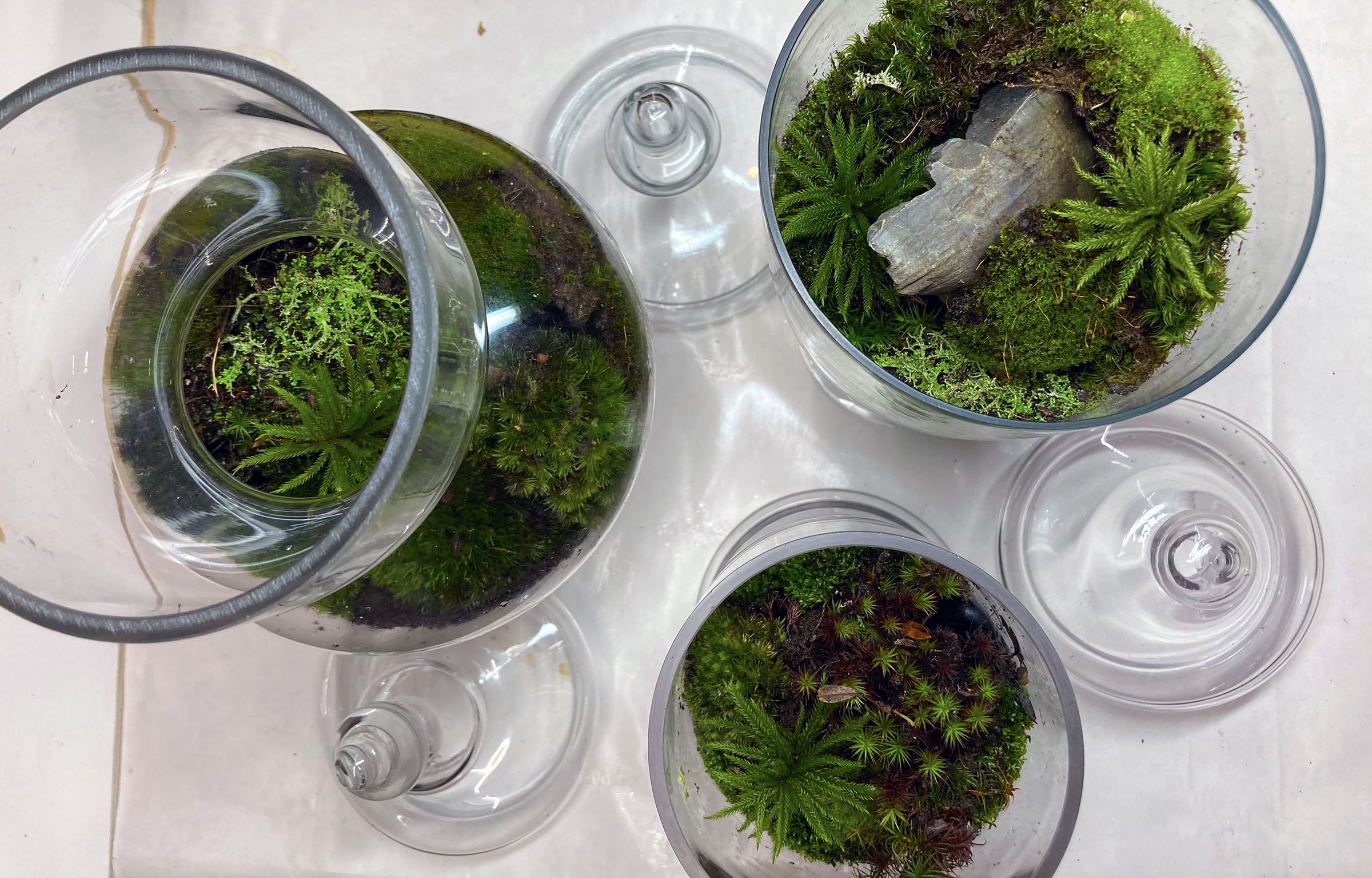
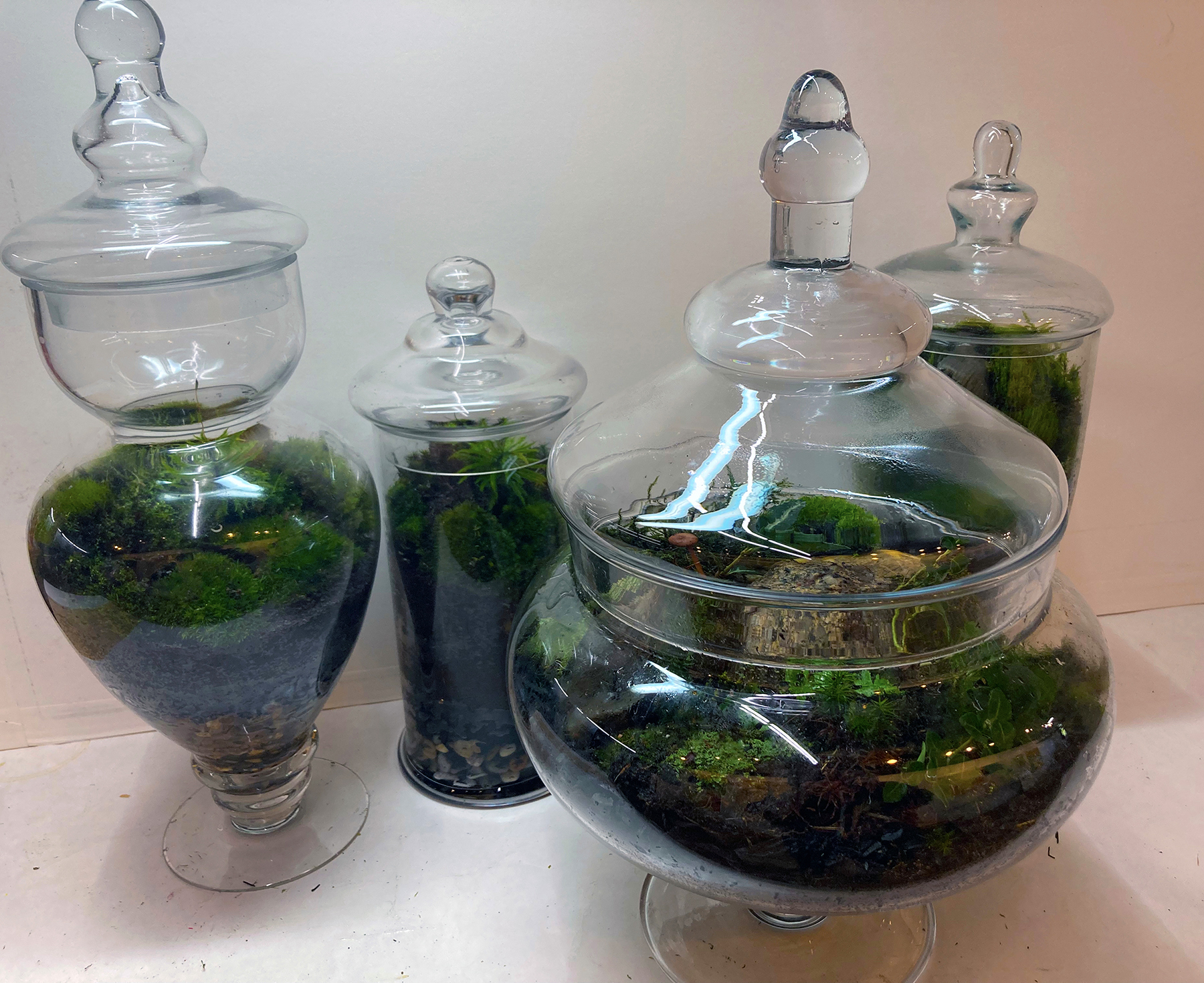
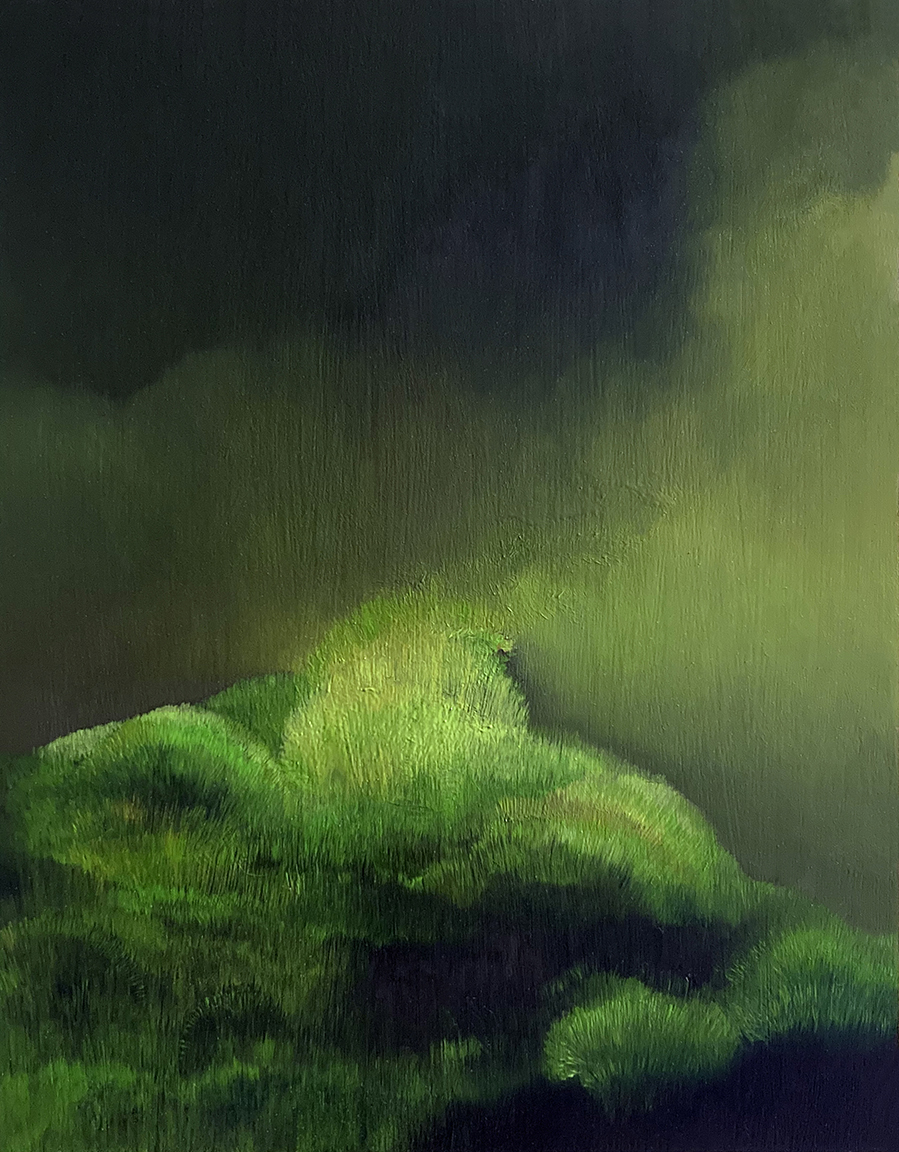
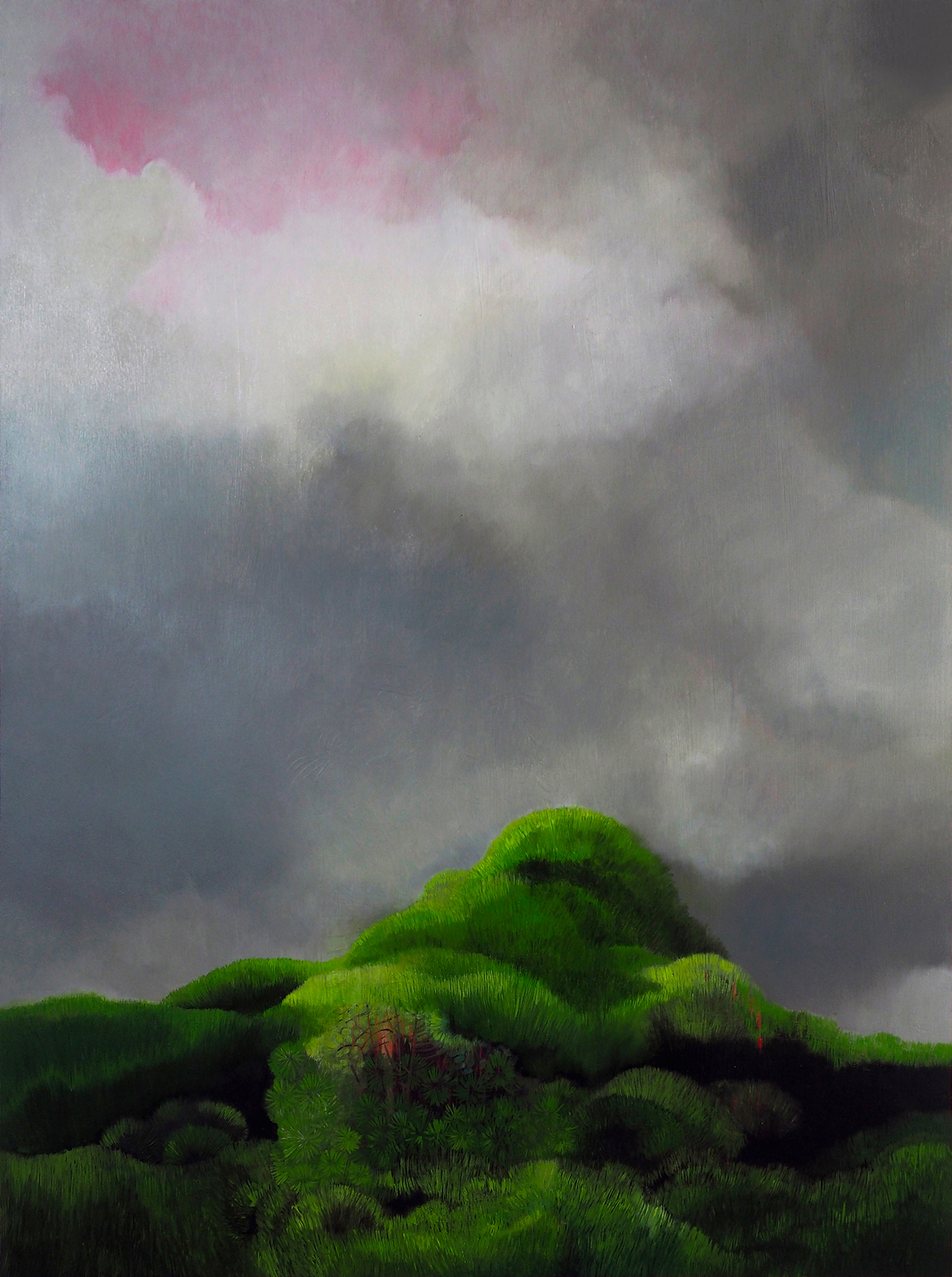
Comments